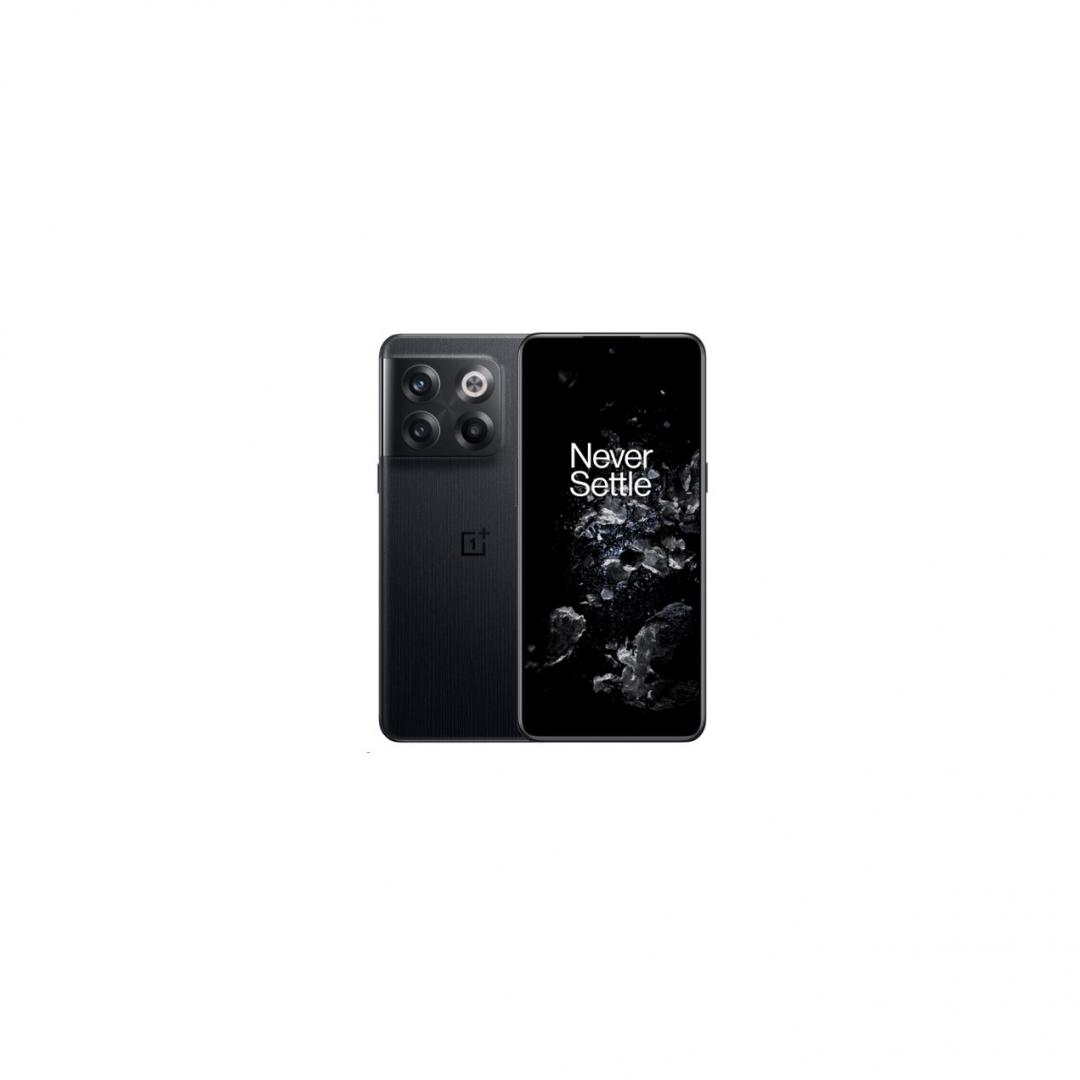OnePlus 11 vs OnePlus 10T: Should you upgrade?
Ryan Haines / Android Authority
OnePlus is entering 2023 with a leaner portfolio, serving all of its tech upgrades through the singular OnePlus 11 flagship. There are no Pro and T variants of the OnePlus 11 available, but the company will continue to sell the OnePlus 10T alongside its new model. For people looking to jump onto a OnePlus flagship, the question to ask is: should you buy the OnePlus 11 or go for the OnePlus 10T and save some money in the process? Also, should OnePlus 10T users consider upgrading to the OnePlus 11? We’ll answer all these questions in this OnePlus 11 vs OnePlus 10T comparison.
OnePlus 11 vs OnePlus 10T: At a glance
Here’s a quick summary of the big differences between the OnePlus 10T and the OnePlus 11:
- The OnePlus 11 has a brighter, higher resolution, and more advanced display than the OnePlus 10T.
- The OnePlus 11 has a more versatile rear camera setup than the OnePlus 10T.
- The OnePlus 11 has a slightly larger battery but slightly slower charging speeds.
- The OnePlus 11 is powered by the latest Snapdragon 8 Gen 2 SoC, while the OnePlus 10T has the Snapdragon 8 Plus Gen 1.
- The OnePlus 11 brings back the alert slider that the OnePlus 10T had omitted.
OnePlus 11 vs OnePlus 10T: Specs
| OnePlus 11 | OnePlus 10T | |
|---|---|---|
|
Display |
OnePlus 11
6.7-inches AMOLED Edge display (curved) |
OnePlus 10T
6.7-inches AMOLED display (flat) |
|
Processor |
OnePlus 11
Qualcomm Snapdragon 8 Gen 2 |
OnePlus 10T
Qualcomm Snapdragon 8 Plus Gen 1 |
|
GPU |
OnePlus 11
Qualcomm Adreno 740 |
OnePlus 10T
Qualcomm Adreno 730 |
|
RAM |
OnePlus 11
8GB or 16GB LPDDR5X |
OnePlus 10T
8GB, 12GB or 16GB LPDDR5 |
|
Storage |
OnePlus 11
128GB UFS 3.1, or 256GB UFS 4.0 |
OnePlus 10T
128GB, or 256GB |
|
Battery and charging |
OnePlus 11
5,000mAh battery |
OnePlus 10T
4,800mAh battery |
|
Cameras |
OnePlus 11
Rear:
– 50MP main 1.0 μm, f/1.8 1/1.56-inch Sony IMX890 sensor OIS and EIS – 48MP ultrawide – 32MP telephoto Front: |
OnePlus 10T
Rear:
– 50MP main 1.0 μm, f/1.8 1/1.56-inch Sony IMX766 sensor OIS and EIS – 8MP ultrawide – 2MP macro Front: |
|
Video |
OnePlus 11
Rear:
8K at 24fps (main lens only) 4K at 30/60fps Front: |
OnePlus 10T
Rear:
4K at 30/60fps Front: |
|
Audio |
OnePlus 11
Stereo speakers |
OnePlus 10T
Stereo speakers |
|
Connectivity |
OnePlus 11
5G (Sub6) |
OnePlus 10T
5G (Sub6) |
|
Security |
OnePlus 11
Optical under-display fingerprint sensor |
OnePlus 10T
Optical under-display fingerprint sensor |
|
IP rating |
OnePlus 11
IP64 |
OnePlus 10T
None |
|
Software |
OnePlus 11
Android 13 |
OnePlus 10T
Android 12 |
|
Materials |
OnePlus 11
Gorilla Glass Victus on the front, Gorilla Glass 5 on the back |
OnePlus 10T
Gorilla Glass 5 on the front and back |
|
Dimensions and weight |
OnePlus 11
163.1 x 74.1 x 8.5 mm |
OnePlus 10T
163 x 75.4 x 8.8 mm |
|
Colors |
OnePlus 11
Titan Black, Eternal Green |
OnePlus 10T
Moonstone Black, Jade Green |
The OnePlus 11 and the OnePlus 10T are phones released just six months apart. They share a lot of the same flagship DNA, with not a lot changing between the two. What distinctly sets the two apart is the approach toward the display and camera on the OnePlus 11. As a result, the OnePlus 11 feels like a complete flagship package, more so than the OnePlus 10T did.
The OnePlus 11 is a more complete flagship package than the OnePlus 10T.
The most noticeable change between the OnePlus 11 and the OnePlus 10T is the display. The size of the AMOLED displays is the same on both phones at 6.7-inches, but the 10T has a flat display with rounded corners, while the panel on the OnePlus 11 is curved on the sides. The OnePlus 11 also has better resolution at QHD+ vs the 10T’s FHD+, though most average users will not be able to distinguish between the two until they see them both side-by-side.

Ryan Haines / Android Authority
Other improvements on the 11 include a higher peak brightness of 1300 nits for HDR content, vs the 950 nits peak on the 10T. And then there’s LTPO 3.0 on the OnePlus 11. It allows the display to variably refresh from 1Hz to 120Hz, while the 10T remains restricted to step switching between 60Hz, 90Hz, and 120Hz.
When you add up all the changes, the net effect is that the OnePlus 11 has a significant lead over the 10T as far as the display is concerned. It’s not that the OnePlus 10T’s display is bad — it’s pretty good for what it is, and remains perfectly usable even at FHD+ resolution — it’s just that the OnePlus 11’s display is better overall.
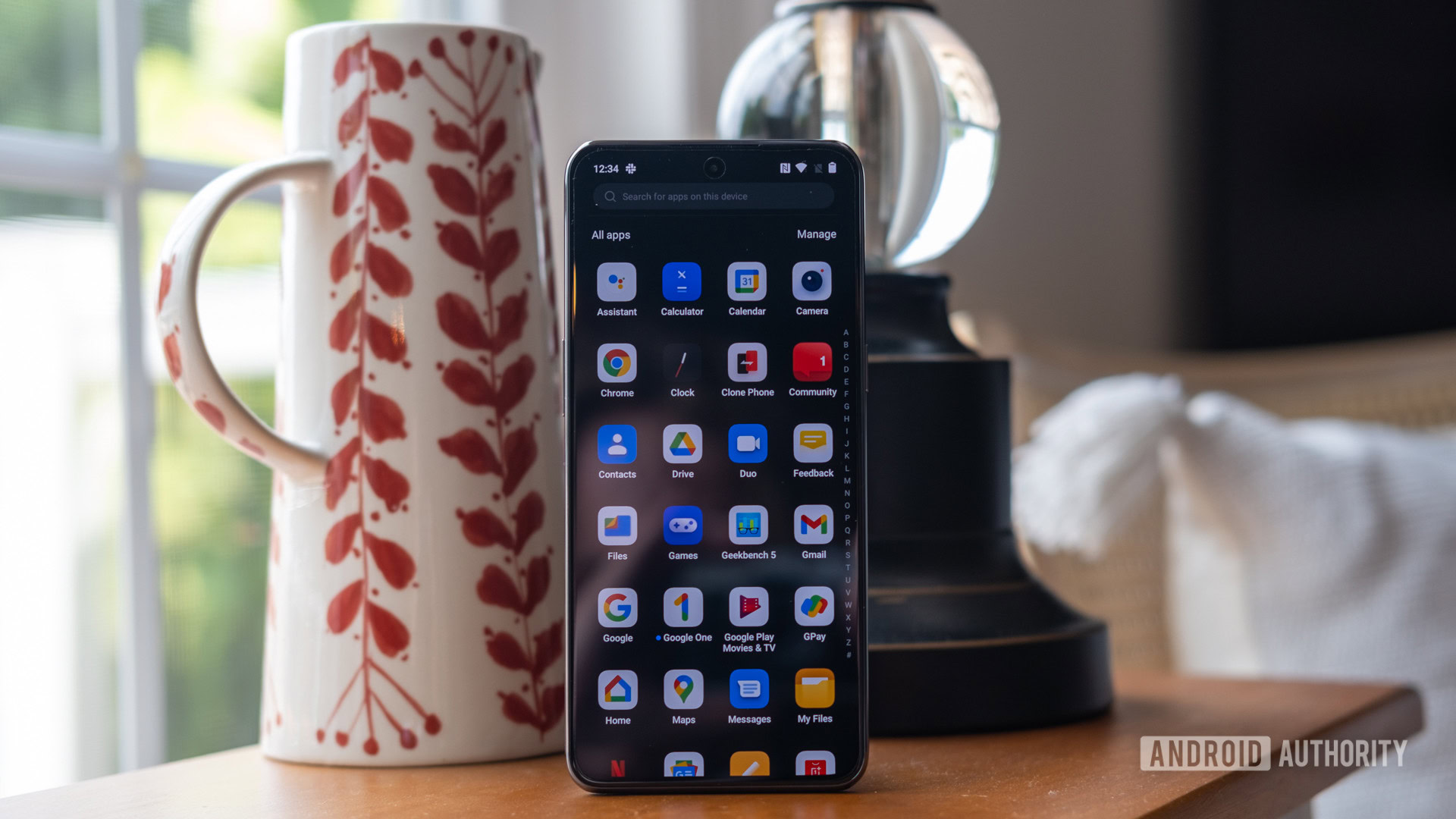
Ryan Haines / Android Authority
The next big change is the camera, but it’s not in the primary camera despite what the jump from the IMX766 to the IMX890 sensor might suggest. We’ll talk more about this in the camera section below.
Moving down the list of changes, we jump onto the chipset. The OnePlus 11 comes with the latest Qualcomm Snapdragon 8 Gen 2 SoC, while the OnePlus 10T comes with the “old” Qualcomm Snapdragon 8 Plus Gen 1 SoC. These two chipsets are also just six-month apart, but there are some fair changes between them. For one, Qualcomm has moved onto a 1+(2+2)+3 core configuration on the 8 Gen 2, with two of the performance cores switching over to the Cortex-A715 for better performance, while the other two cores stay on the Cortex-A710 to continue compatibility with older apps that will run on 32-bit code. The singular prime core has also switched over to the Cortex-X3 from the Cortex-X2 on the 8 Plus Gen 1. There are a few other changes as well, such as support for AV1 video playback, Wi-Fi 7, a newer modem, and more.
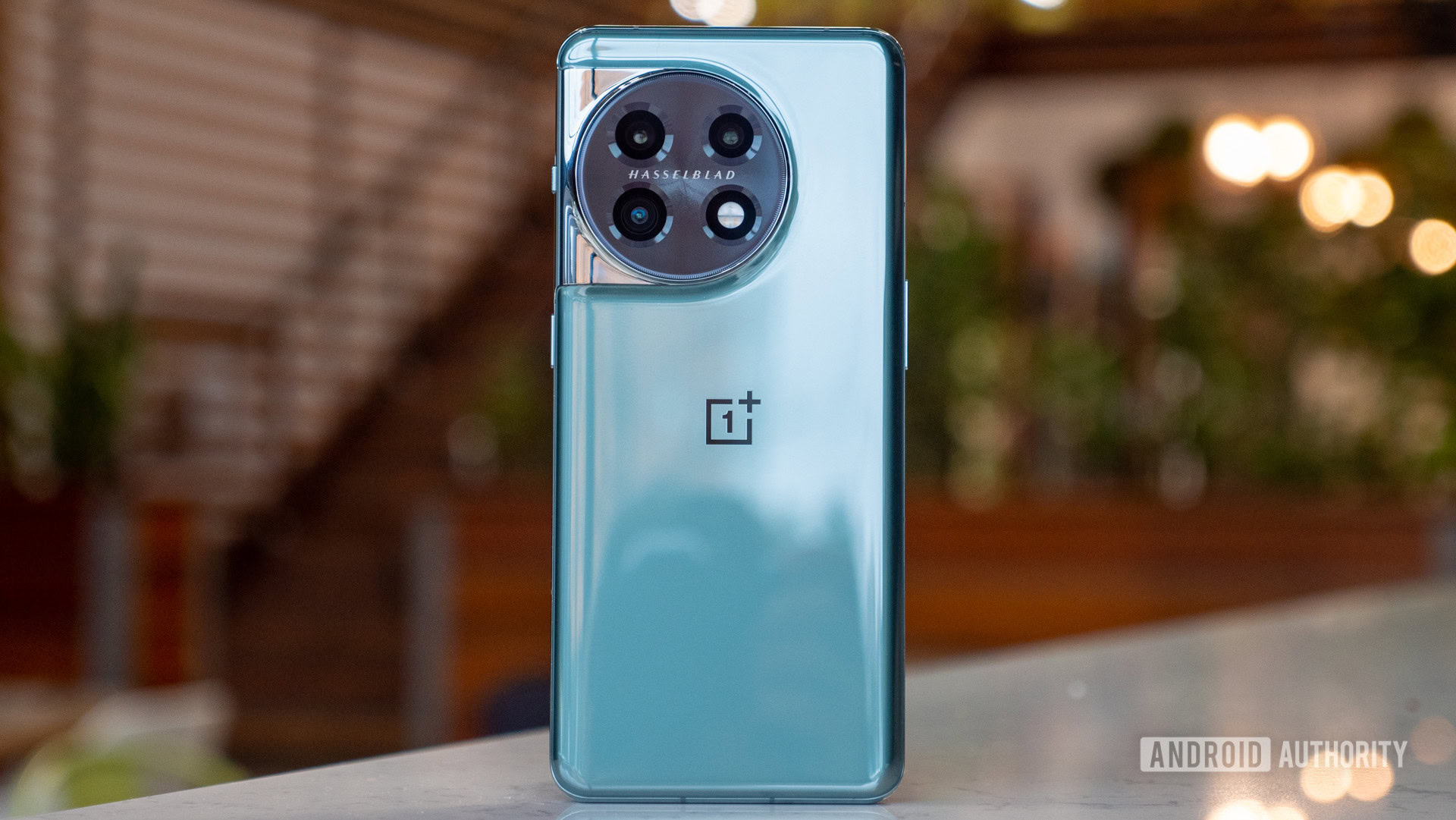
Ryan Haines / Android Authority
Long story short, the Snapdragon 8 Gen 2 is an excellent chip, as it brings great upgrades over the already-good Snapdragon 8 Plus Gen 1. Both the chips are fairly deep into overkill territory, and most average users are unlikely to consistently push either chip to their peak. You can’t go wrong with either SoC, but if you have to choose performance with no budget constraints, then you should opt for the Snapdragon 8 Gen 2 and, thus, the OnePlus 11.
The OnePlus 11 also has the advantage over the 10T when it comes to RAM and storage. While the amount of RAM and storage remain similar, the underlying technologies on both are different. On the 11, you get LPDDR5X RAM, as well as UFS 4.0 if you opt for the 256GB variant. The 128GB variant of the OnePlus 11 remains UFS 3.1, which is what you get across the 10T. The OnePlus 11 thus is the best-performing OnePlus phone in the lineup, but we have to give fair credit to the OnePlus 10T for retaining an impressive second position.
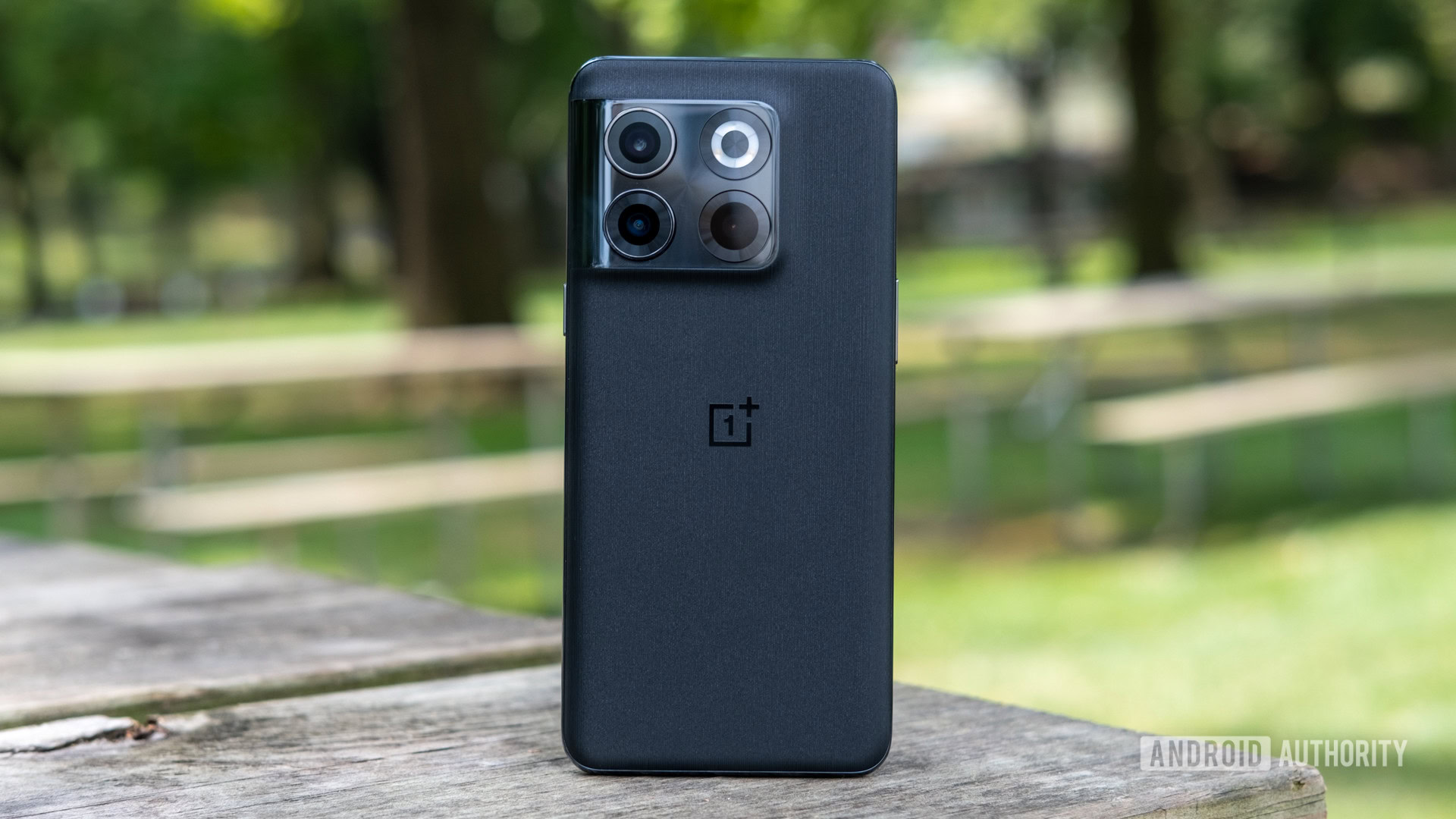
Ryan Haines / Android Authority
For build materials, the OnePlus 10T uses Gorilla Glass 5 on both the front and the back. The OnePlus 11 uses it on the back, but switches to the stronger Gorilla Glass Victus on the front. The mid-frame is aluminum on both phones.
If you love the iconic OnePlus alert slider, skip the 10T and go for the 11.
A key feature that the OnePlus 11 has that the OnePlus 10T does not is the iconic alert slider on the side of the device. You can quickly switch to a Vibrate and Silent mode with this slider. On the OnePlus 10T, you have to use software controls like on all other Android phones. Long-time OnePlus fans definitely appreciate the alert slider, so that’s one point in favor of the OnePlus 11.
When it comes to software updates, there are some changes you need to be aware of. The OnePlus 10T launched in 2022 with Android 12 and will receive three generations of Android updates and four years of security updates. That means you will get up to Android 15 and security updates till 2026.
With the OnePlus 11, the company is improving its software support by promising four generations of Android updates and five years of security updates. Since the OnePlus 11 has launched this year with Android 13, you can expect up to Android 17 and security updates until 2028. That is a significant lead that the OnePlus 11 has, and if you plan to hold your phone for a longer period of time, you should definitely keep this in mind. Both phones run on OxygenOS, but the OnePlus 11 should receive the latest updates faster than the OnePlus 10T.
OnePlus 11 vs OnePlus 10T: Size comparison
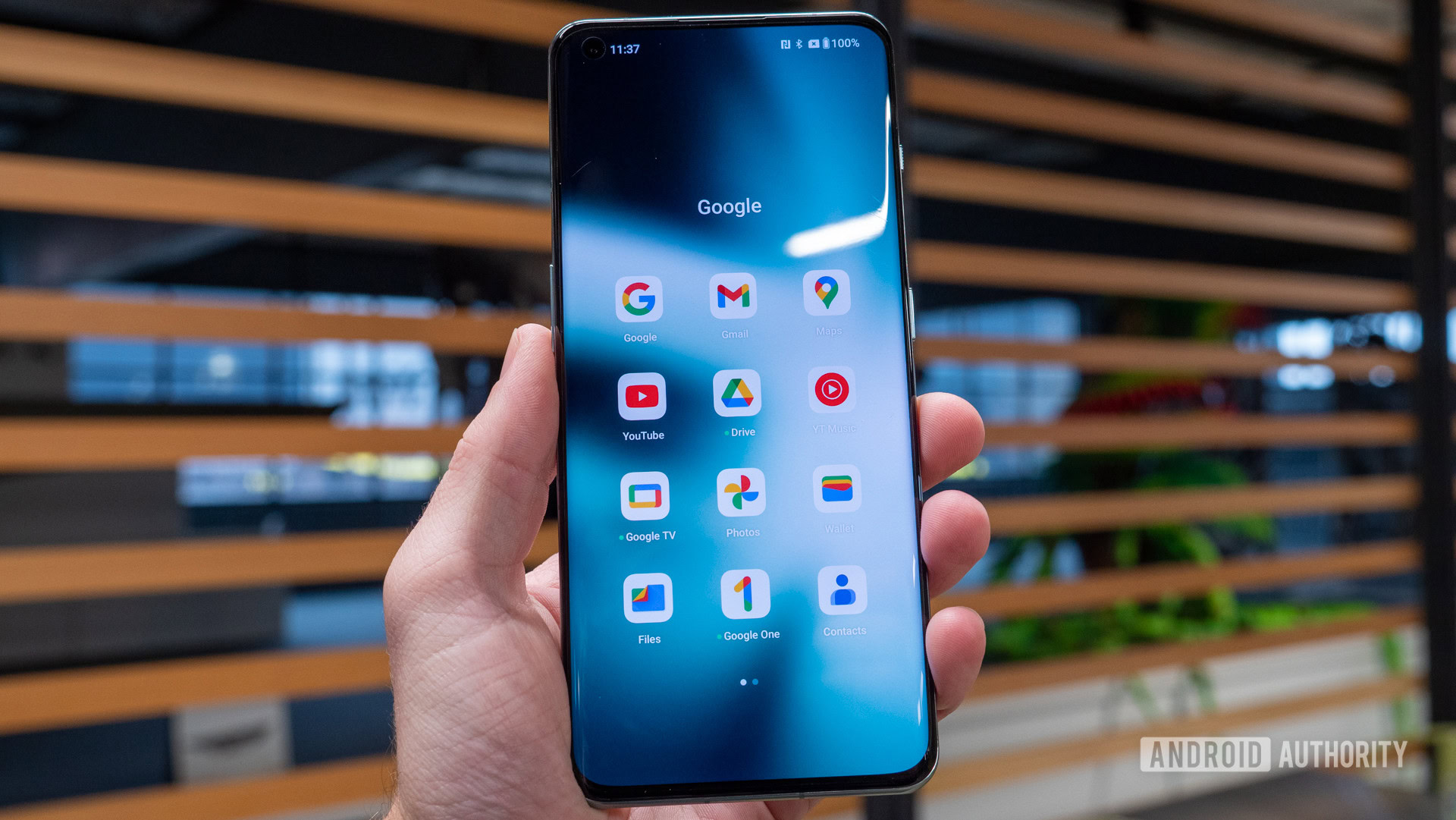
Ryan Haines / Android Authority
When you look at and hold the OnePlus 11 and the OnePlus 10T, you’ll definitely notice the similarities. Both phones are very similar in their dimensions and weight. The OnePlus 11 measures 163.1 x 74.1 x 8.5 mm and weighs 205g, while the OnePlus 10T measures 163 x 75.4 x 8.8 mm and weighs 204g — the slight difference can be attributable to the flat vs curved displays.
While neither of these two phones can be called “small,” they are a good size that most people should be used to by now. Neither of them is an “Ultra” phone, so they maintain a balance between pocketability and screen size.
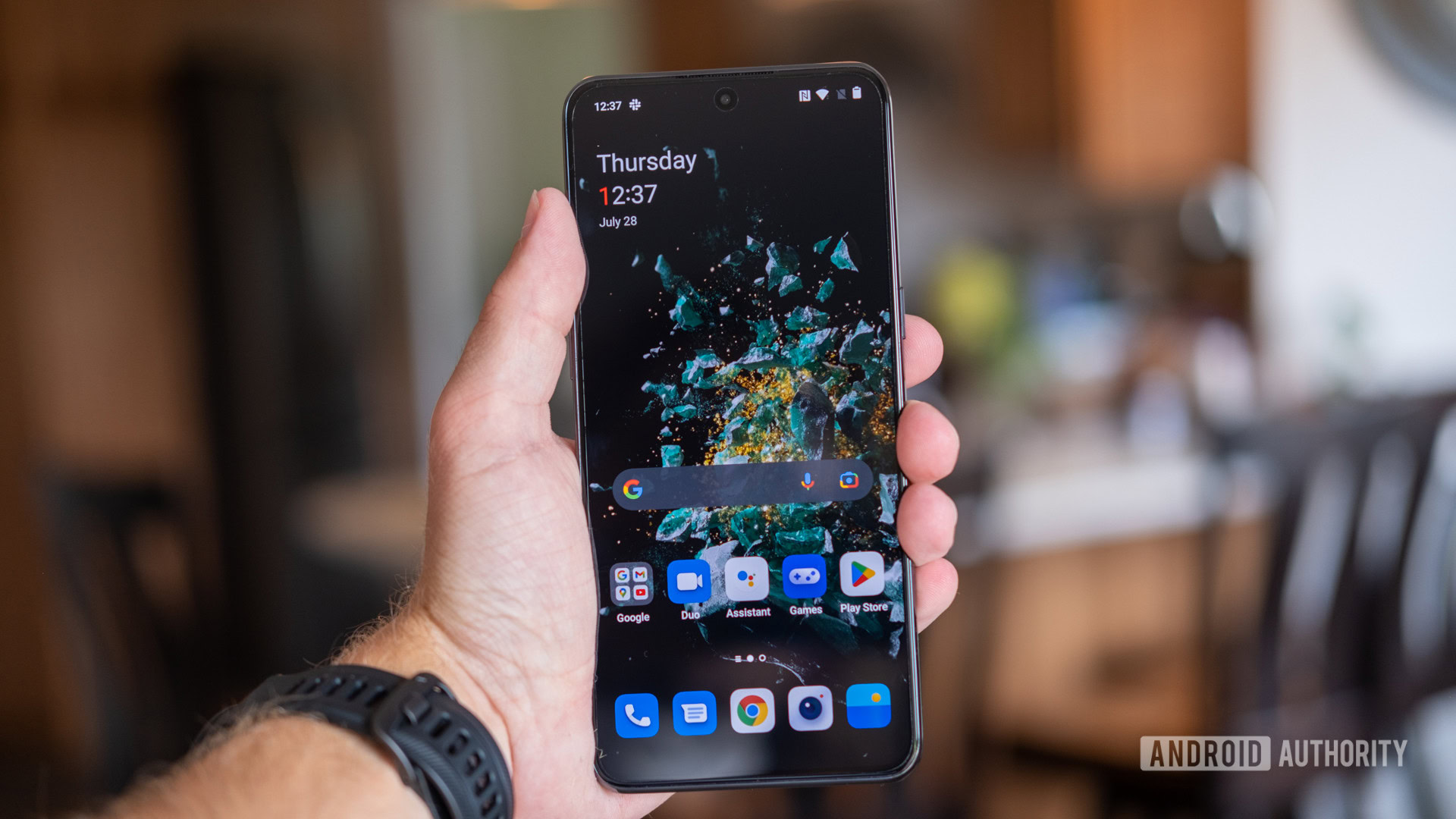
Ryan Haines / Android Authority
Even for their designs, there are fair similarities. The shape of the camera module on the OnePlus 10T is a continuation of the OnePluss 10 Pro, while the OnePlus 11 evolves the design forward by incorporating a circular island beset within the bump. The shape and positioning of the LED flash is also different.
Both phones retain their ties to the OnePlus family with familiar green and black colors, with just shade variations. The camera island is fairly large on both, so we recommend you pick up a case.
OnePlus 11 vs OnePlus 10T: Camera
The camera system is where the OnePlus 11 extends its clear lead, although there is a catch. On the basis of its marketing name, the OnePlus 11’s 50MP Sony IMX890 sensor may look like a very big improvement over the OnePlus 10T’s 50MP Sony IMX766 sensor. But the reality is that the feature list is identical between the two sensors.
We couldn’t spot any real changes between the two sensor specifications that would have a practical impact on end users. The OnePlus 11 should have marginally better photos after accounting for ISP upgrades on the Snapdragon 8 Gen 2 and further tuning from the Hasselblad partnership, but the difference over the OnePlus 10T is minimal.
Here are some camera samples from the OnePlus 11’s primary rear camera:
And here are some camera samples from the OnePlus 10T’s primary rear camera:
The OnePlus 11 does take a step forward with its ultrawide and telephoto cameras. The OnePlus 10T’s 8MP ultrawide angle camera is no match for the OnePlus 11’s 48MP Sony IMX581, even though the OnePlus 10T has a much wider field-of-view at 120 degrees versus the 115 degrees on the OnePlus 11. A wider field of view is a desirable trait on an ultrawide, but it still needs to retain quality, which the OnePlus 10T could not. You will get better colors and details on the ultrawide of the OnePlus 11, even though you lose out on the wider scene information because of the field of view.
Here are some camera samples from the OnePlus 10T’s ultrawide camera:
And here are some camera samples from the OnePlus 10T’s ultrawide camera:
The third camera on the OnePlus 10T is a 2MP macro camera. You can get some macro shots through it, but you will need to be lucky to get anything of great quality. It’s a spec sheet filler for all intents and purposes.
The third camera on the OnePlus 11 is more useable, even though its utility may still be limited. You get a 32MP Sony IMX709 for 2x optical zoom, with primary use cases targeted toward portrait mode photos. The OnePlus 10T can also manage to capture good portrait photos without a dedicated portrait camera, but having a dedicated sensor results in better object segmentation and edge detection.
You don’t get any further optical zoom on either phone, which is a big miss in our eyes. And the selfie camera on both phones is a 16MP shooter, which will get you good results for video calls and social media.
When it comes to video features, the OnePlus 11 can shoot 8K 24fps video from its main lens, while the OnePlus 10T maxes out at 4K 60fps. The OnePlus 10T can shoot macro shots through its 2MP macro camera, but there’s a low chance of you walking away impressed. The Hasselblad tuning is present and in force prominently on the OnePlus 11. The OnePlus 10T misses out on the branding and the consequent tuning advantages.
OnePlus 11 vs OnePlus 10T: Battery and charging
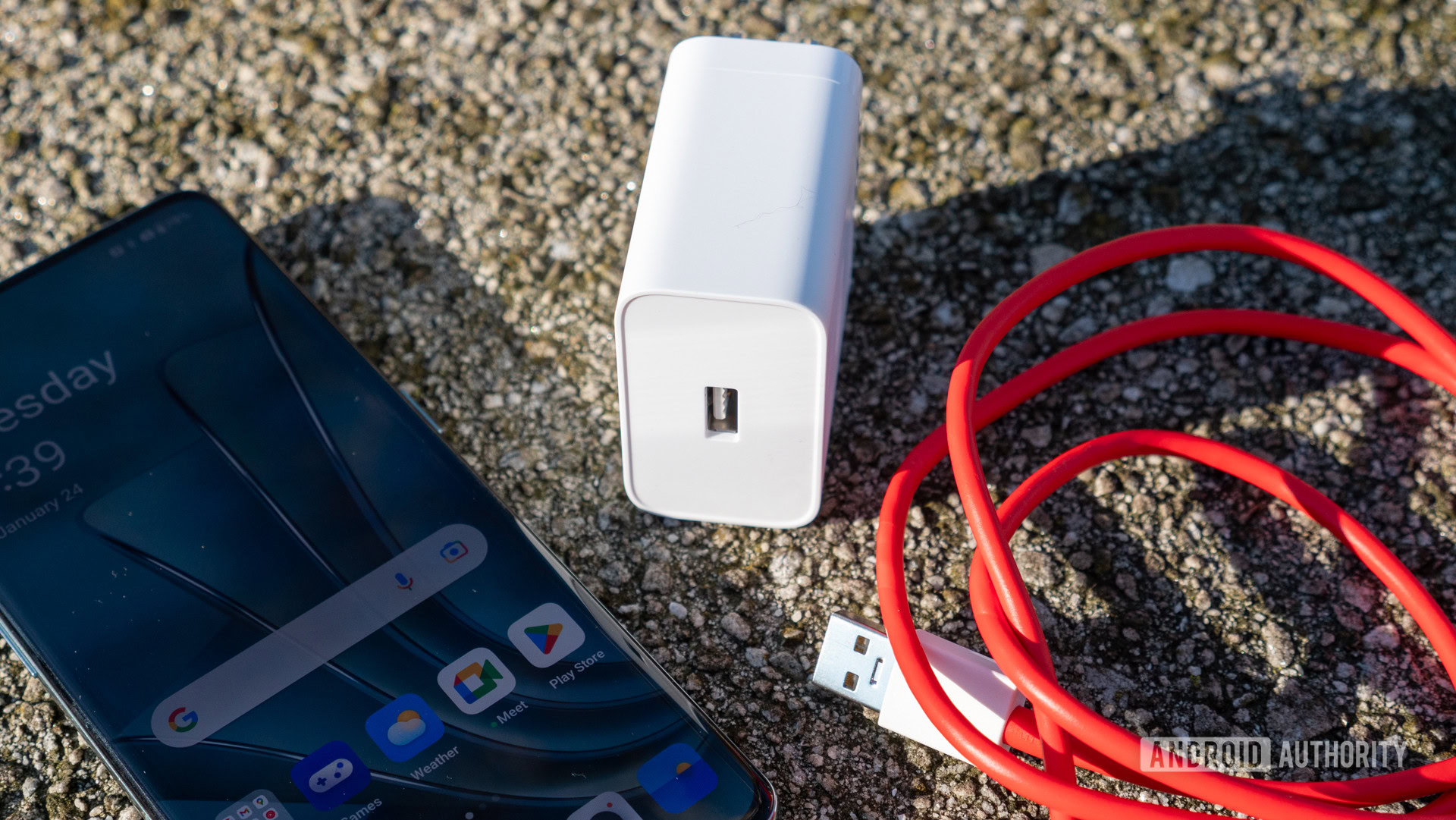
Ryan Haines / Android Authority
There are some more differences when it comes to battery size and charging on these two flagships. The OnePlus 11 has a marginally larger battery at 5,000mAh, while the OnePlus 10T’s battery comes in at 4,800mAh. The 200mAh difference isn’t pronounced in real-life — instead, the OnePlus 11 benefits more from the efficiency improvements on the Snapdragon 8 Gen 2. The end result is better battery life overall on the OnePlus 11, with the device able to last more than a day and a half on moderate use. The OnePlus 10T achieved a full day’s worth of life with 5-6 hours of screen-on time, which isn’t as good as the OnePlus 11 but will still be sufficient for most users.
The OnePlus 10T is the fastest charging phone sold in the USA, and the OnePlus 11 is the second-fastest.
The OnePlus 10T has a rare lead in the charging department. In the US, the OnePlus 10T comes with 125W wired charging support, which takes just 20 minutes to charge from flat zero to 100%. That is extremely fast, and just a few minutes next to a charger will give you many hours of battery life. The OnePlus 11 maintains a great position with 80W wired charging support in the US, which takes around 30 minutes to charge from flat zero to 100%. You won’t really notice the 10-minute difference in your daily routine, especially when you consider that some other flagships — like the Galaxy S23 Ultra — take over an hour for a full charge.
OnePlus includes a compatible charger in the box for both phones to achieve their mentioned high charging speeds.
What OnePlus doesn’t include is wireless charging capabilities on either phone. That’s a big miss overall, even though it doesn’t impact this comparison. If you care deeply about this, you should skip these two OnePlus devices and get a phone that supports wireless charging.
OnePlus 11 vs OnePlus 10T: Price
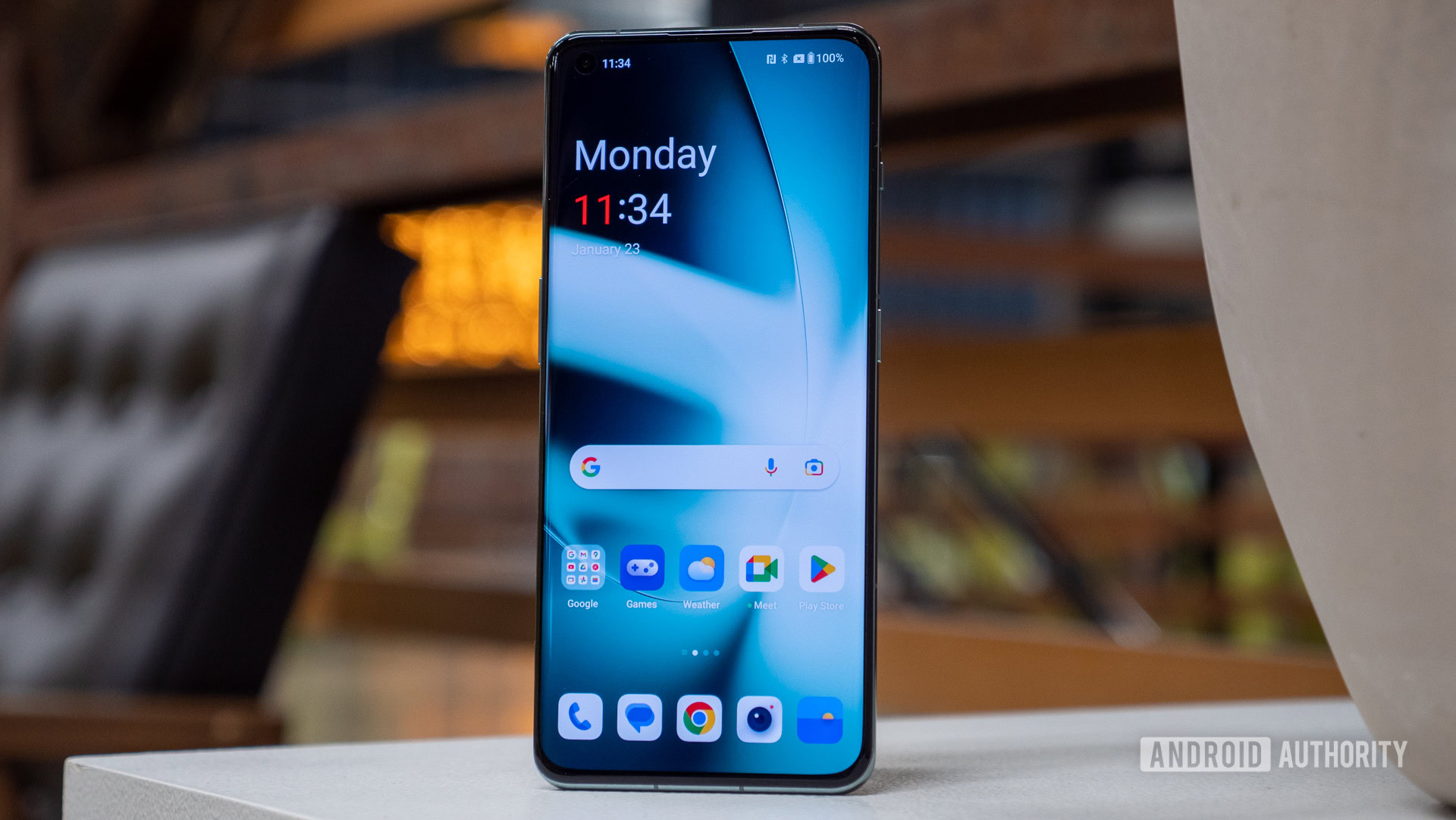
Ryan Haines / Android Authority
OnePlus 11 price:
- 8GB/128GB: $699
- 16GB/256GB: $799
OnePlus 10T price:
- 8GB/128GB: $649, now available at $499
- 16GB/256GB: $749, now available at $649
The OnePlus 11 is as Pro as OnePlus will go this year, and you’re paying just a $50 premium over the launch price of the 10T, starting at $699 for the 8GB/128GB variant of the 11. The device is available for pre-order now and will go on open sale from February 16, 2023.
OnePlus continues to sell the OnePlus 10T, but it regularly offers big discounts since the phone isn’t brand-new anymore. So, while the launch price of the OnePlus 10T is just $50 less than that of the OnePlus 11, the phone is currently up to $200 cheaper than the OnePlus 11, depending on the storage variants.
OnePlus 11 vs OnePlus 10T: Which phone should you buy?
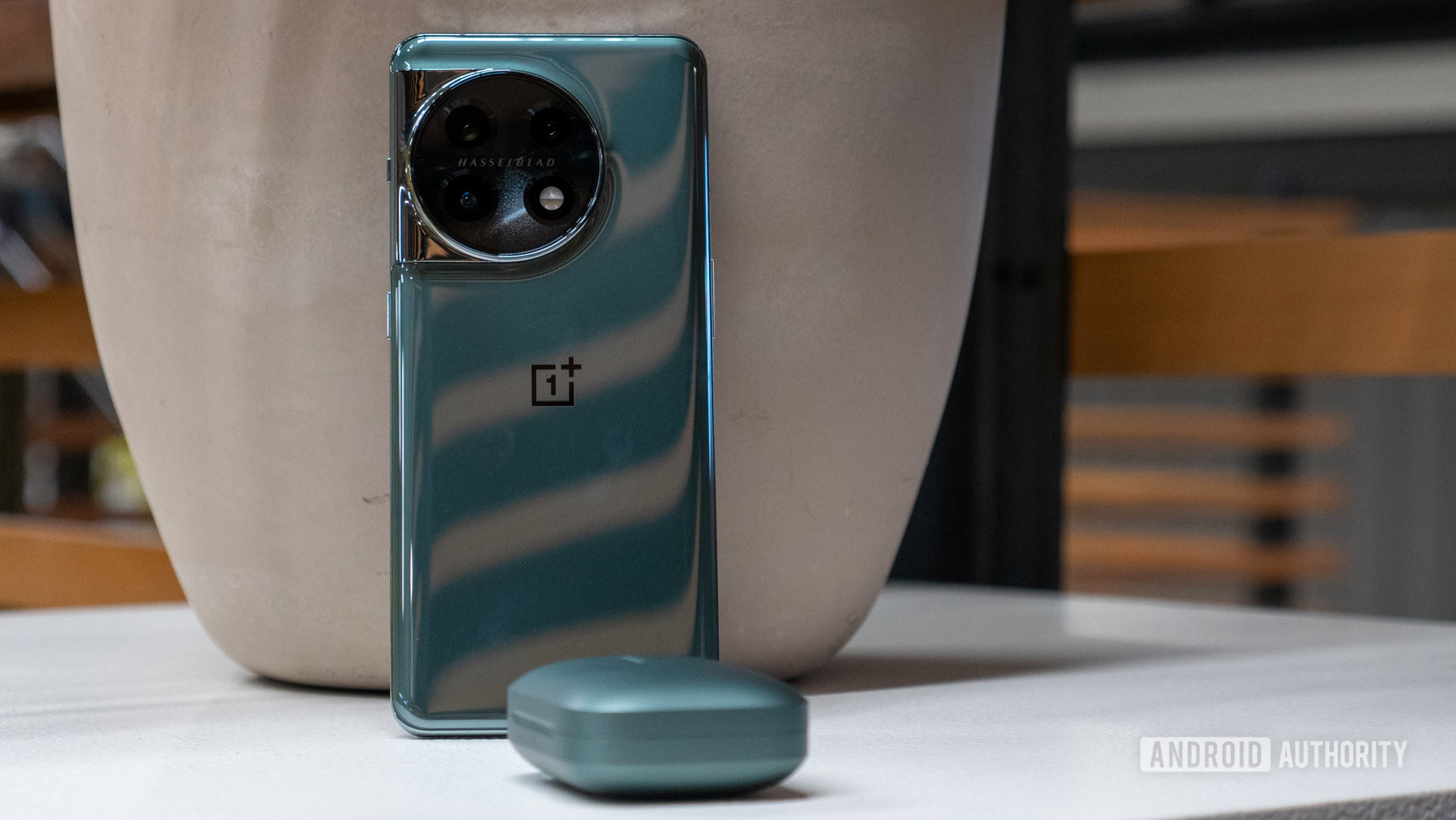
Ryan Haines / Android Authority
The OnePlus 11 is the best OnePlus device so far, as it rightfully should be. So it comes as no surprise that it is better than the OnePlus 10T. The OnePlus 11 will remain the top-tier flagship from the company for the foreseeable future; so if you want a top-tier OnePlus flagship, the OnePlus 11 is your primary choice.
For a starting price of $699, the OnePlus 11 isn’t cheap. But it’s good value for the total package that you are getting, especially considering the fact that competing Snapdragon 8 Gen 2 devices like the Galaxy S23 and Galaxy S23 Plus come in at $799 and $1,049 respectively, before their deals and discounts. The OnePlus 11 does have some key misses like a useable telephoto camera, wireless charging, and an official IP rating. But if you can look past these, the device is priced competitively.
On the OnePlus 11, you get a great display, great performance, good cameras, and great charging speeds. The 6.7-inch QHD+ AMOLED display competes very well against other 2023 flagships. The Snapdragon 8 Gen 2 is an excellent SoC, and its pairing with LPDDR5X RAM and UFS 3.1/4.0 storage will ensure you have plenty of performance headroom for the future. With promised updates to Android 17 and security updates to 2028, you have plenty more future-proofing than what the OnePlus 10T can offer.
If you want a top-tier OnePlus flagship, the OnePlus 11 is your primary choice.
The OnePlus 11’s camera doesn’t exactly see any major upgrades on the primary sensor, but it remains a good sensor that should suffice for your daily needs. The wide-angle camera and the telephoto sensor are good upgrades from the OnePlus 10T. And of course, the alert slider has its own fan following.
The only area where the OnePlus 10T wins is its crazy charging speed. But OnePlus’ lead in this department was so large, that even after charging “slower”, the OnePlus 11 still manages to remain one of the fastest charging devices you can officially buy in the US, second only to the OnePlus 10T. So faster charging shouldn’t be the sole reason why you would choose the 10T over the 11.
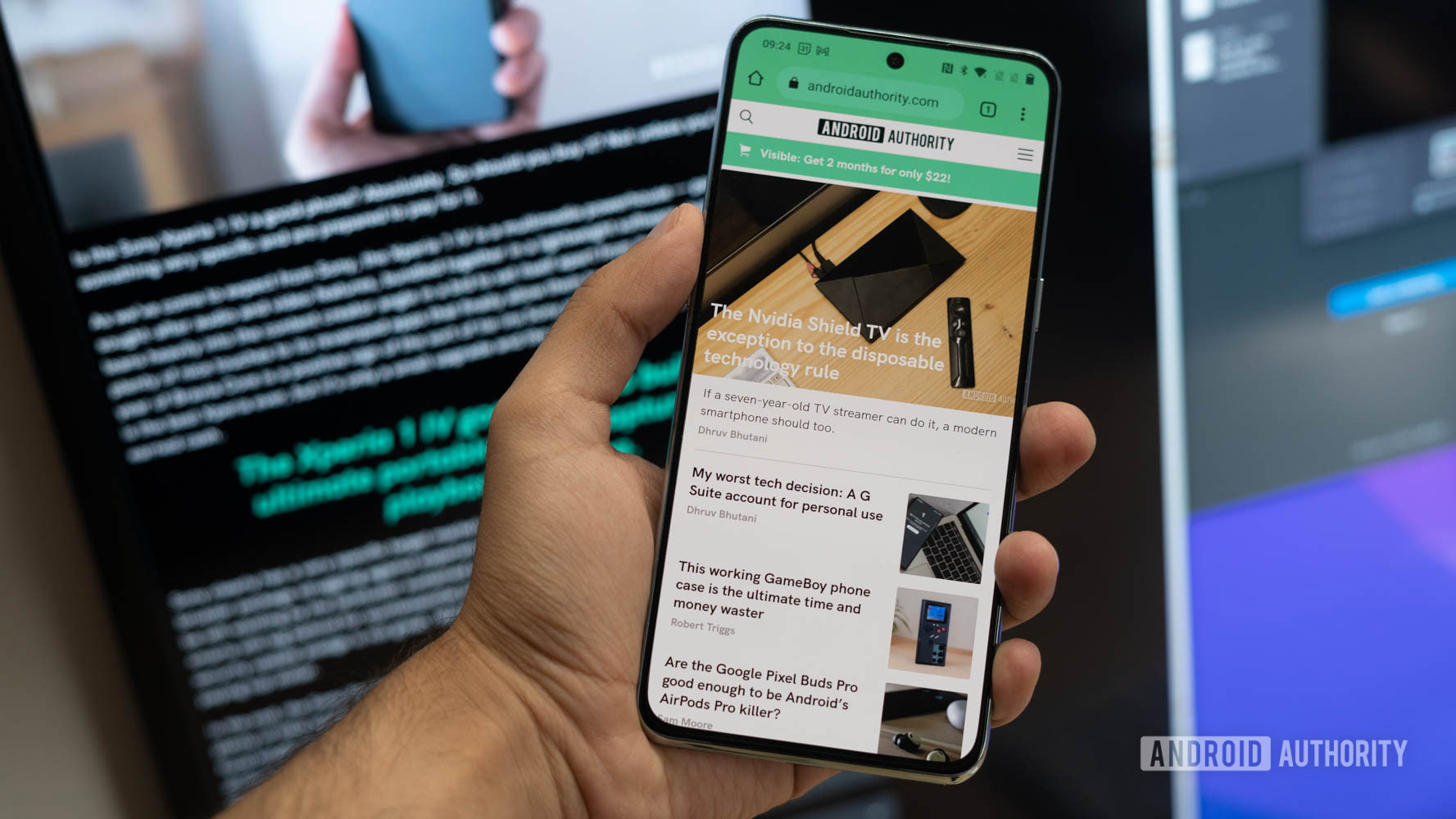
Dhruv Bhutani / Android Authority
Why should you choose the OnePlus 10T over the 11 if the 11 is better than the 10T in every way? The answer is price and subsequent value.
Since the launch of the 11, the 10T has been discounted to $499. For that price, you are getting a phone that continues to vow consumers for its performance. Other aspects of the device may not count as top-tier in 2023, but they are still good and usable, with decent headroom for the future. The display is good, the primary camera is good, and the charging prowess is second to none.
The OnePlus 10T offers more value than the OnePlus 11, especially if you want to game on a budget.
If you are looking to game on a budget and don’t want to spend a ton of money on a gaming phone with gaming-phone aesthetics, then the OnePlus 10T at $499 makes a lot of sense. In a lot of ways, the OnePlus 10T is to OnePlus’ lineup what the iPhone SE 3 is to Apple’s lineup. And there’s certainly space in the market for that.
Would you consider upgrading from the OnePlus 10T to the OnePlus 11?
6 votes
Should OnePlus 10T owners upgrade to the OnePlus 11? The answer to this remains entirely dependent on whether you can spend money on a new phone after purchasing one just six months ago. There are certain improvements on the 11 over the 10T that make a lot of sense — but unless you are unhappy with aspects of the 10T that these improvements on the 11 address, you should continue using the OnePlus 10T and get more use out of your purchase.

OnePlus 11
Powerful peak performance
Blazing-fast wired charging
Excellent software promise
For all the latest Technology News Click Here
For the latest news and updates, follow us on Google News.

